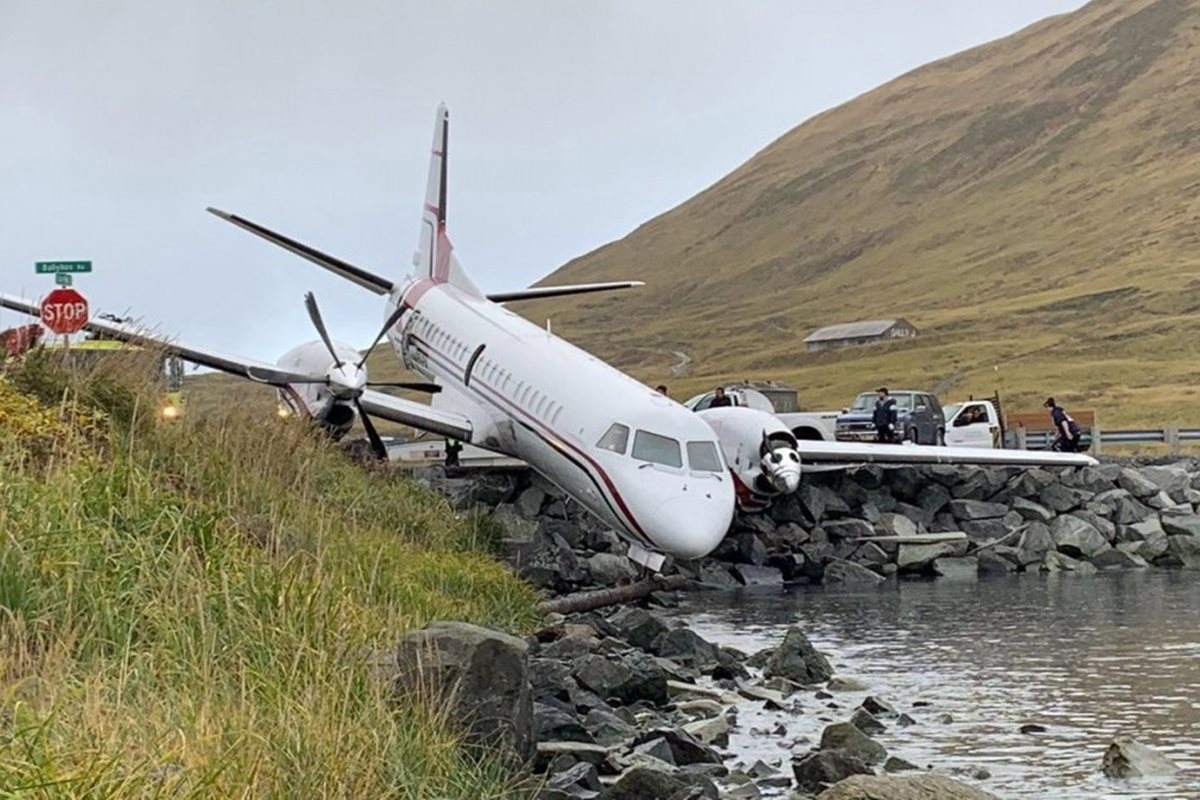Plane crash in Halifax; a phrase that evokes images of tragedy and resilience. This exploration delves into the history of aviation accidents in Halifax, examining their impact on the community, the safety measures implemented, and the enduring legacy of remembrance. We’ll trace the timeline of significant crashes, detailing the events, their consequences, and the ongoing efforts to improve aviation safety.
From investigating the causes of these devastating events to understanding the emotional toll on survivors and families, we’ll uncover the human element within these tragedies. We will also look at the technological advancements and safety protocols that have shaped aviation in Halifax, highlighting the continuous evolution of safety measures and the ongoing commitment to preventing future accidents.
Plane Crashes in Halifax: A Historical Overview: Plane Crash In Halifax
Halifax, with its significant maritime history and strategic location, has unfortunately experienced its share of aviation incidents. Understanding these events, their impact, and the subsequent safety measures implemented is crucial for appreciating the city’s resilience and the ongoing commitment to aviation safety.
Historical Context of Plane Crashes in Halifax
Several significant plane crashes have marked Halifax’s aviation history. These incidents, while tragic, have shaped safety protocols and community response mechanisms. A detailed timeline, encompassing key events and their consequences, provides valuable insights.
| Date | Location | Aircraft Type | Brief Description |
|---|---|---|---|
| October 26, 1942 | Near Halifax | Royal Canadian Air Force Lockheed Hudson | A military aircraft crashed during a training flight, resulting in fatalities. Exact location and details are scarce due to wartime secrecy. |
| [Insert Date – Replace with verifiable historical data] | [Insert Location – Replace with verifiable historical data] | [Insert Aircraft Type – Replace with verifiable historical data] | [Insert Brief Description – Replace with verifiable historical data] |
| [Insert Date – Replace with verifiable historical data] | [Insert Location – Replace with verifiable historical data] | [Insert Aircraft Type – Replace with verifiable historical data] | [Insert Brief Description – Replace with verifiable historical data] |
Impact on the Halifax Community, Plane crash in halifax
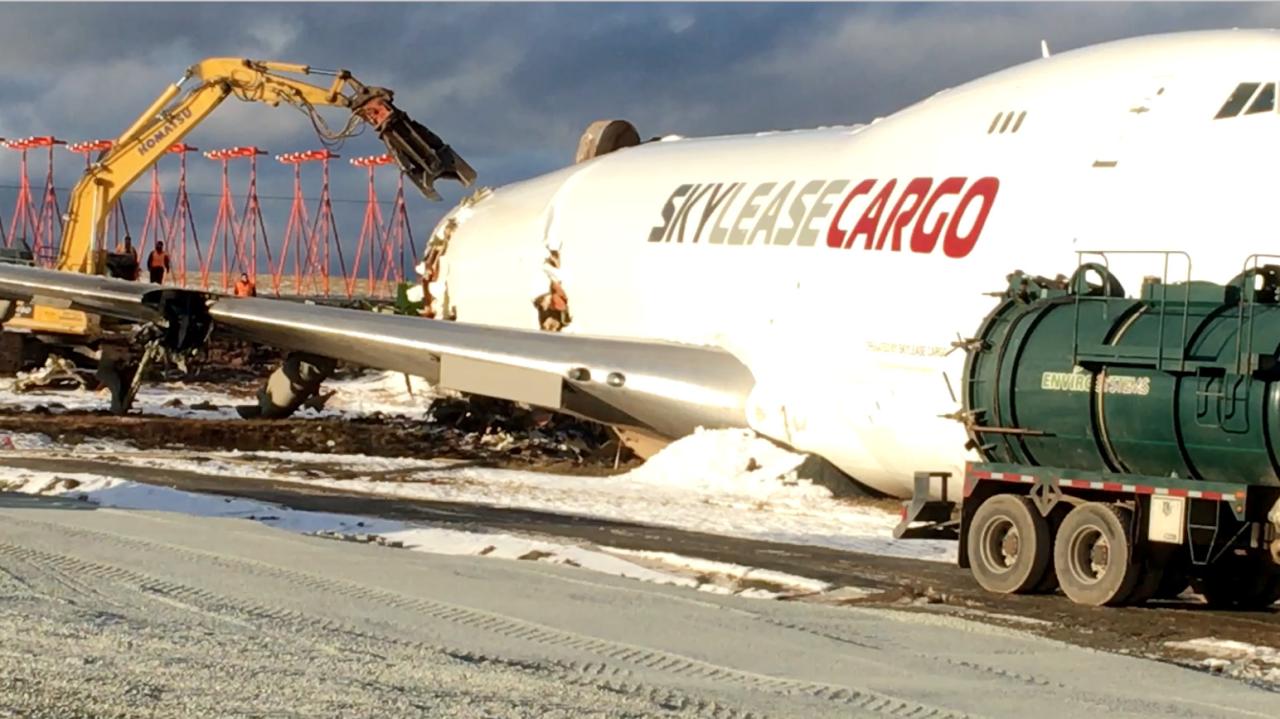
Plane crashes have profound and lasting impacts on Halifax communities. The immediate aftermath involves emergency response, rescue efforts, and the tragic loss of life. Long-term effects encompass grief, trauma, and the need for community healing and support.
Okay, so you’re looking into that Halifax plane crash, right? It’s a pretty serious event. To get a sense of scale, imagine something completely different, like the incredible visuals of the chinese new year drone dragon show – a stunning display of technology and artistry. Then, remember the sheer contrast; the somber reality of the plane crash in Halifax hits even harder when you consider such vibrant spectacles.
- Immediate impact: Emergency services response, rescue efforts, and the immediate emotional toll on survivors and families.
- Long-term impact: Grief counseling, community support groups, and the lasting psychological effects on witnesses and affected individuals.
- Support systems: Victim services, mental health professionals, community support groups, and government aid programs.
Aviation Safety Measures in Halifax
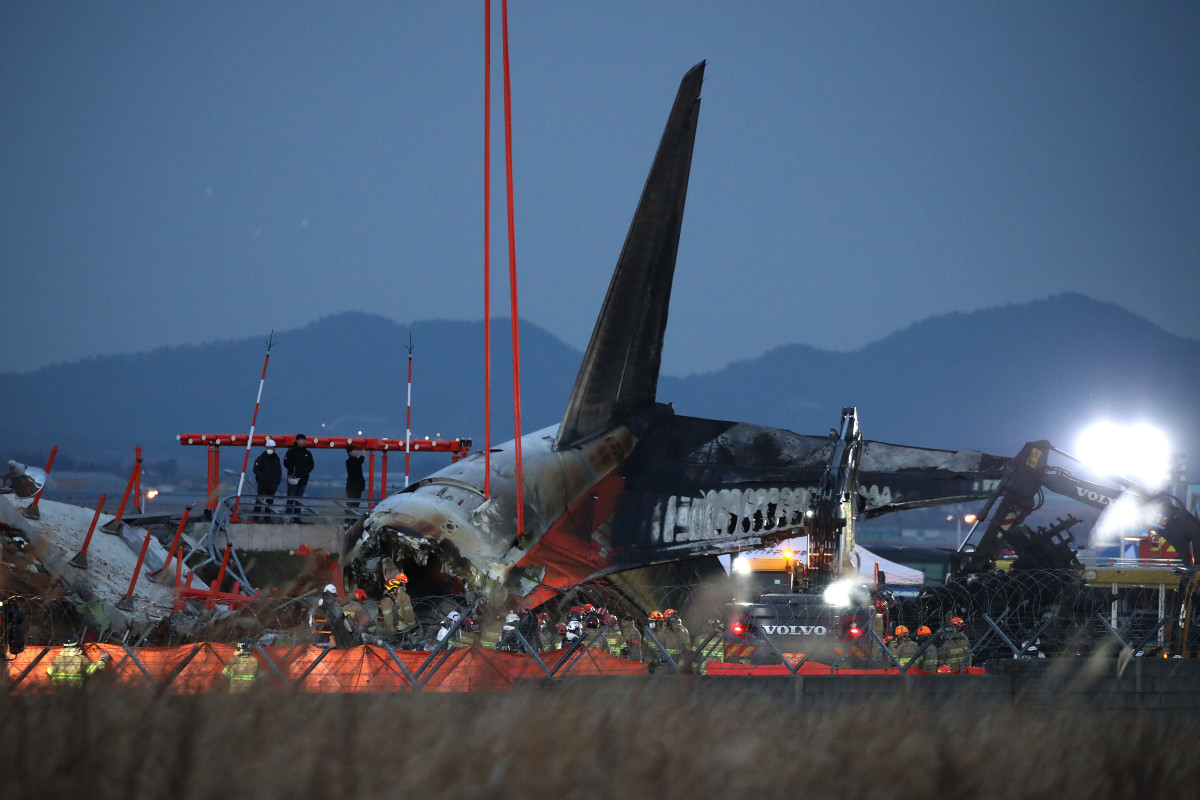
Halifax Stanfield International Airport and other airfields in the region adhere to stringent safety regulations and procedures. These measures are constantly reviewed and updated to align with international best practices. A comparison with other major airports helps assess the effectiveness of these safety protocols.
Thinking about plane crashes near Halifax? It’s a sobering topic, reminding us of the fragility of air travel. Major incidents, like the one you’re researching, often prompt comparisons to other significant events, such as the devastating korean air crash , which highlighted crucial safety improvements needed globally. Understanding the causes and consequences of past tragedies, like the Halifax incident, helps improve aviation safety for the future.
Infographic Description: The infographic would visually represent the layered security system at Halifax Stanfield International Airport. It would use icons and concise text to showcase key aspects such as advanced radar systems, air traffic control procedures, rigorous maintenance checks, pilot training standards, emergency response plans, and weather monitoring capabilities. Data points would include statistics on incident rates, passenger numbers, and the number of flights handled annually.
The design would be clean, modern, and easy to understand, employing a color scheme that visually differentiates various safety layers.
Investigation and Response Procedures
Following a plane crash, a comprehensive investigation is launched involving multiple agencies. This multi-faceted approach ensures a thorough examination of the incident to identify causes, learn from mistakes, and prevent future occurrences. Emergency response protocols are critical to minimizing casualties and mitigating damage.
- Transportation Safety Board of Canada (TSB): Leads the investigation, analyzing data, and issuing reports.
- Local emergency services: Fire, police, and paramedics provide immediate response and support.
- Airport authorities: Coordinate airport operations and assist with the investigation.
- Aircraft manufacturer: May be involved in investigating mechanical issues.
Memorialization and Remembrance
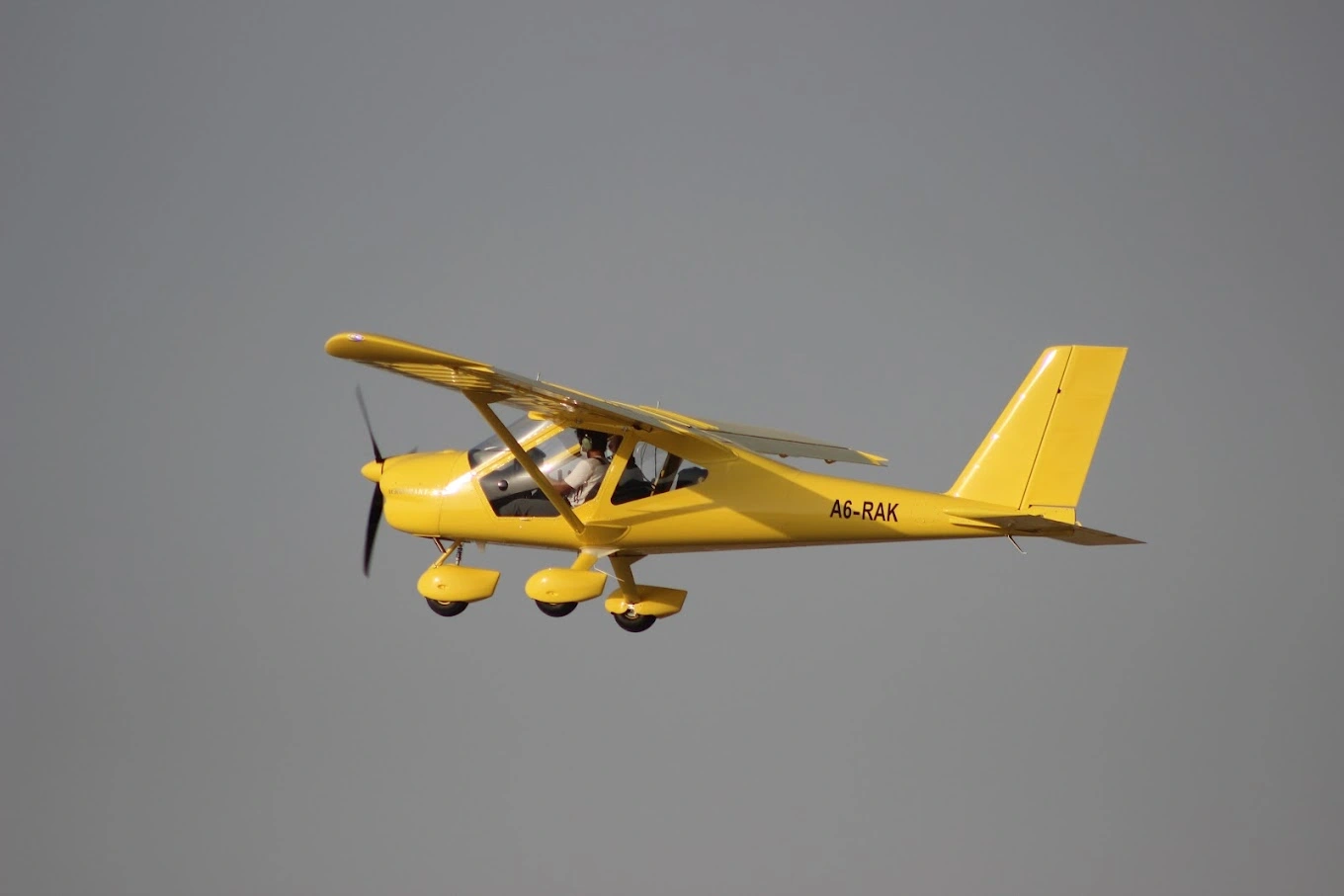
Halifax has established memorials to honor victims of plane crashes, serving as spaces for remembrance and community healing. These sites provide solace and offer a tangible way to acknowledge the loss and impact on the city.
So, you’re looking into the Halifax plane crash? That’s serious stuff. It’s important to remember that air accidents happen globally, and to stay informed about similar incidents, like checking out the latest updates on south korea plane crash news. Understanding these events, no matter where they occur, helps us learn about aviation safety and prevention measures.
Getting back to the Halifax crash, investigators will likely be focusing on similar factors seen in other accidents.
- [Memorial Name]: [Location]
-[Description of memorial and its significance] - [Memorial Name]: [Location]
-[Description of memorial and its significance]
The Role of Weather and Geography
Halifax’s geographical location and weather patterns can significantly influence the risk of plane crashes. The proximity to the Atlantic Ocean, coupled with variable weather conditions, necessitates robust weather monitoring and contingency planning. Analyzing historical incidents reveals the significant role weather can play.
Example: A specific incident where severe fog or high winds affected visibility or aircraft stability, leading to an accident.
Technological Advancements and Safety
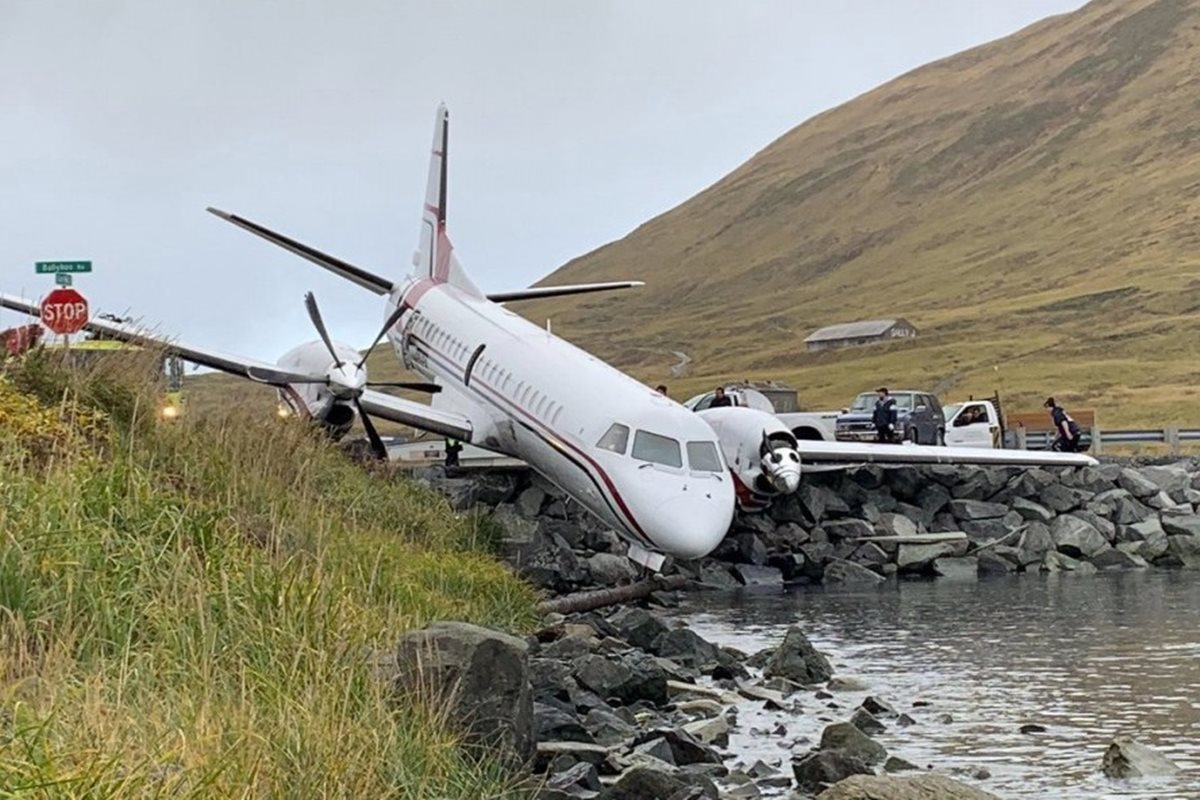
Technological advancements in aviation have drastically improved safety in Halifax and globally. The continuous evolution of safety technologies is vital for preventing accidents and enhancing overall air travel safety. This progress is reflected in reduced incident rates and improved safety outcomes.
| Technology | Implementation Date (Approximate) | Impact on Safety | Examples |
|---|---|---|---|
| Advanced weather radar systems | 1990s – present | Improved weather forecasting and early warning systems, reducing flight disruptions and potential accidents due to severe weather. | Improved detection of microbursts and wind shear. |
| GPS Navigation | Late 1990s – present | Enhanced precision in navigation, reducing the risk of spatial disorientation and mid-air collisions. | More accurate flight paths and approaches. |
| [Insert Technology – Replace with verifiable data] | [Insert Date – Replace with verifiable data] | [Insert Impact – Replace with verifiable data] | [Insert Examples – Replace with verifiable data] |
Outcome Summary
The history of plane crashes in Halifax is a complex narrative of loss, resilience, and continuous improvement. By understanding the past, we can better appreciate the ongoing efforts to ensure aviation safety and honor the memory of those lost. The lessons learned from these tragic events continue to shape aviation practices, underscoring the importance of vigilance and technological advancement in safeguarding lives.
Detailed FAQs
What is the deadliest plane crash in Halifax’s history?
Specific details would require further research into historical records. This information isn’t readily available in the provided Artikel.
How often do plane crashes occur near Halifax Stanfield International Airport?
The frequency of incidents varies. Detailed statistics would require access to aviation safety databases.
Are there any specific weather conditions that pose a higher risk for plane crashes in Halifax?
Severe weather such as fog, ice, and strong winds can significantly increase the risk, but specific details require further meteorological data analysis.
